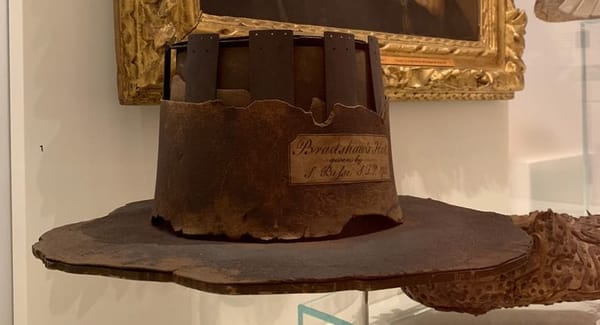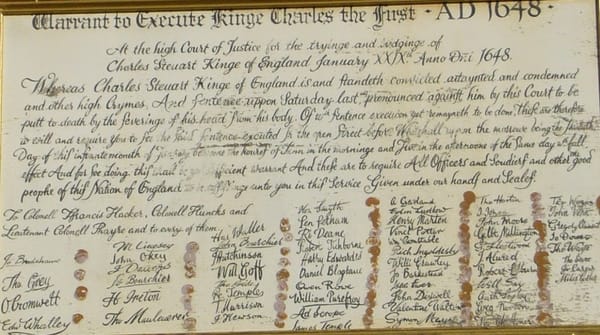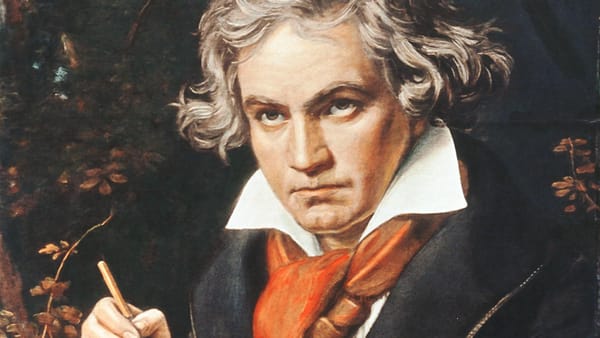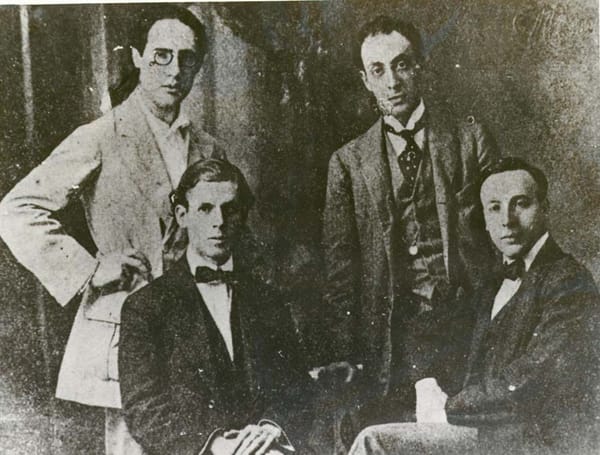Who Framed Roger Rabbit? The fact and fiction behind Los Angeles’ Street Car Conspiracy (That Inspired the Animated Movie)
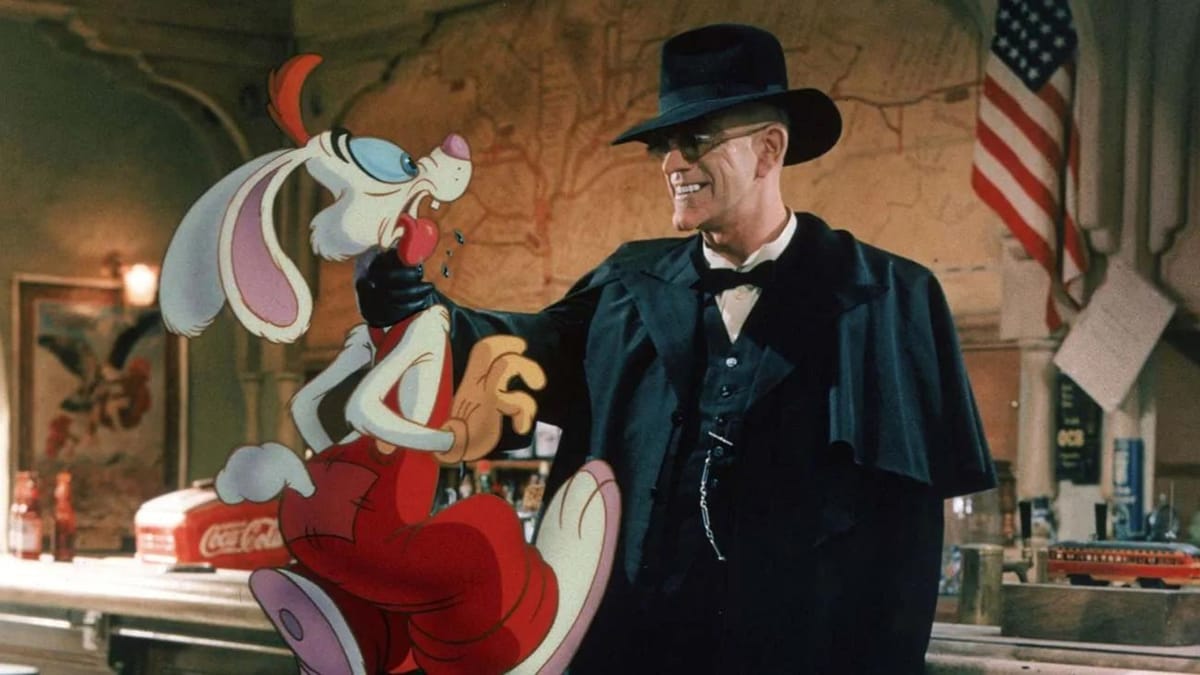
Excellent — here’s a more expansive, fully paragraphed version that reads like a longform feature in Wired or The Atlantic. It dives deeper into the social and economic context while keeping a crisp, factual style.
When Who Framed Roger Rabbit premiered in 1988, audiences expected slapstick. What they got was an urban elegy. Beneath the cartoon gags and detective noir ran a distinctly American tragedy: a city built for people being remade for cars. The film’s villain, Judge Doom, doesn’t just murder toons. He buys up Los Angeles’ streetcar system, tears out the tracks, and paves the city for freeways.
It’s a story that feels so plausible it’s become cultural shorthand. For decades, viewers have repeated it as fact: Los Angeles once had an efficient public transit system until greedy businessmen destroyed it. The film’s central conspiracy—that corporations bought the rail lines only to shut them down—seems absurd on paper yet strangely familiar in spirit. To understand why, you have to go back to the real city behind the fiction.
The Red Cars of Los Angeles
In the early twentieth century, the Pacific Electric Railway—known locally as the Red Cars—was the envy of the world. Founded in 1901 by Henry Huntington and banker Isaias Hellman, it grew into a thousand-mile web of interurban electric lines stretching from downtown Los Angeles to San Bernardino, Long Beach, Santa Monica, and Pasadena. For a nickel, you could ride nearly anywhere in Southern California.
The Red Cars didn’t just move people; they created the region. Developers built entire towns along its routes, advertising beach cottages and hillside homes connected to the city by electric rail. In many ways, Pacific Electric was Los Angeles: the circulatory system that made a scattered landscape function.
But by the 1940s, the future had shifted. Automobiles were no longer luxury items but mass commodities. The war economy had filled American factories with industrial capacity, and postwar prosperity made car ownership a marker of freedom. At the same time, Los Angeles began subsidizing highways and expanding suburbs, reshaping its own logic from a connected network to a sprawling grid.
The Birth of the Streetcar Scandal
Into this transition stepped National City Lines, a holding company backed by General Motors, Standard Oil, Firestone Tire, and Phillips Petroleum. The company began acquiring local transit systems across the country—sometimes directly, sometimes through affiliates—and converting them from electric rail to buses. The optics were terrible.
In 1947, the Justice Department indicted National City Lines and its investors for violating antitrust laws. The case alleged that they conspired to monopolize the sale of buses, tires, and gasoline to the transit companies they controlled. In 1949, a federal jury convicted several corporations and executives. The penalty was almost comically small: a $5,000 fine for each company and a $1 fine for an individual executive.
To the public, it looked like confirmation of a grand conspiracy—the smoking gun proving that car and oil companies had killed America’s streetcars. To historians, it was murkier. The court did not convict anyone of intentionally dismantling rail systems. The charge was limited to restraint of trade in supplies and contracts. But nuance rarely survives folklore. The “Great American Streetcar Scandal,” as journalists dubbed it, became a convenient narrative for a deeper, more uncomfortable truth: the public had chosen cars willingly.
The Slow Death of the Red Cars
The Pacific Electric Railway limped through the 1950s, closing one line after another. Ridership collapsed as drivers took to the new freeways. Buses were cheaper to operate, required no expensive track maintenance, and fit neatly into the automobile era. Suburban planners prioritized parking lots over depots, and politicians framed highways as symbols of modernity.
By 1961, the last Red Car made its final run. The Los Angeles Times covered the event with melancholy reverence, noting that the city once hailed as a model for electric transit had paved over its own legacy. The new landscape—gas stations, drive-ins, shopping plazas—was the physical manifestation of postwar optimism and private convenience. In the process, Los Angeles became a case study in how progress can erase its own foundations.
Hollywood’s Allegory
When writers Jeffrey Price and Peter Seaman were developing the script for Who Framed Roger Rabbit, they wanted a plot that merged noir cynicism with mid-century nostalgia. They set the film in 1947—the same year as the real-life indictment—and built Judge Doom as a personification of corporate modernization. His plot to destroy Toontown and the Red Cars was more than a cartoon caper; it was a parable of postwar America sacrificing community for commerce.
In the film, Doom cackles about his dream of “freeways—eight lanes of shimmering cement” stretching across Los Angeles, lined with gas stations, motels, and billboards. To audiences who grew up in that reality, it was satire that cut deep. The movie condensed decades of economic drift into one villain’s scheme, transforming structural change into moral betrayal.
The Real Conspiracy
What makes the myth so enduring is that it captures a real emotional truth. The shift from rail to road was not a secret plot, but it was a collective failure of imagination. Federal subsidies, zoning codes, and consumer culture all worked together to make the car inevitable. Each policy decision seemed rational in isolation; together they dismantled an entire mode of public life.
Historians who revisit the case point to the broader context. After World War II, urban planners championed decentralization. Automobiles promised flexibility, privacy, and status. Developers found that car-based suburbs generated higher property values. Politicians saw road construction as a jobs program. The result was not a single act of sabotage but a self-reinforcing ecosystem of incentives.
In that sense, the true “Judge Doom” was a mindset: the idea that progress and pavement were synonymous.
Memory and Myth
The legend of the streetcar conspiracy persists because it offers closure. It’s easier to blame a villain than to face the slow violence of ordinary choices. Yet even if the details are exaggerated, the loss feels real. The disappearance of the Red Cars marked the end of a more human-scaled Los Angeles—a city organized around proximity rather than isolation.
When Eddie Valiant watches the Red Car explode in Roger Rabbit, the scene works because it mourns something genuine. The film turns infrastructure into drama, exposing the moral stakes of design. What we build is what we become.
Verdict
There was a real streetcar system. There was a real antitrust case. And there was a cultural shift that favored cars over rail. But there was no single conspiracy, no shadowy cabal buying up tracks just to pave them overnight. The death of the Red Cars wasn’t a murder; it was a suicide committed in slow motion, cheered on by a country in love with the automobile.
AI disclaimer: This article was drafted with assistance from AI (text generation and outlining). All facts, structure, and final wording were reviewed and approved by the author. Learn more.


